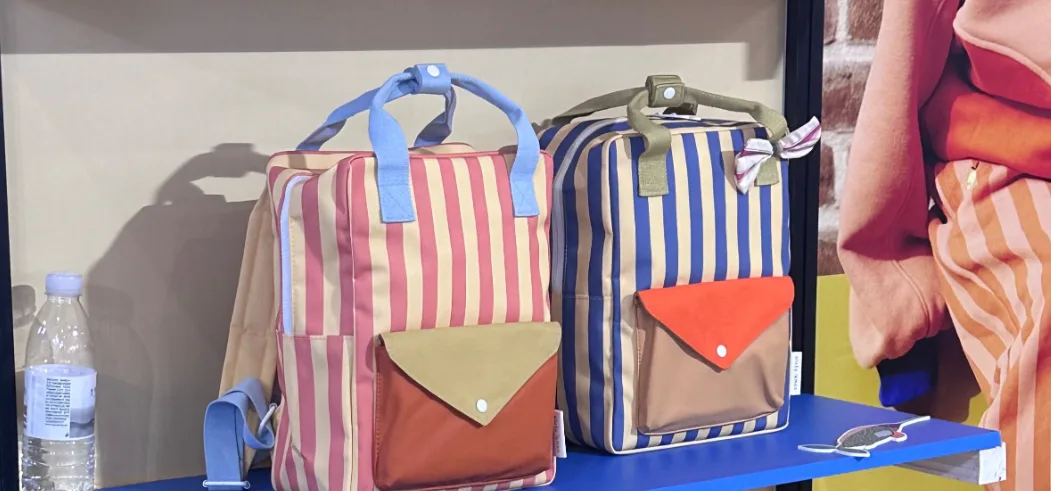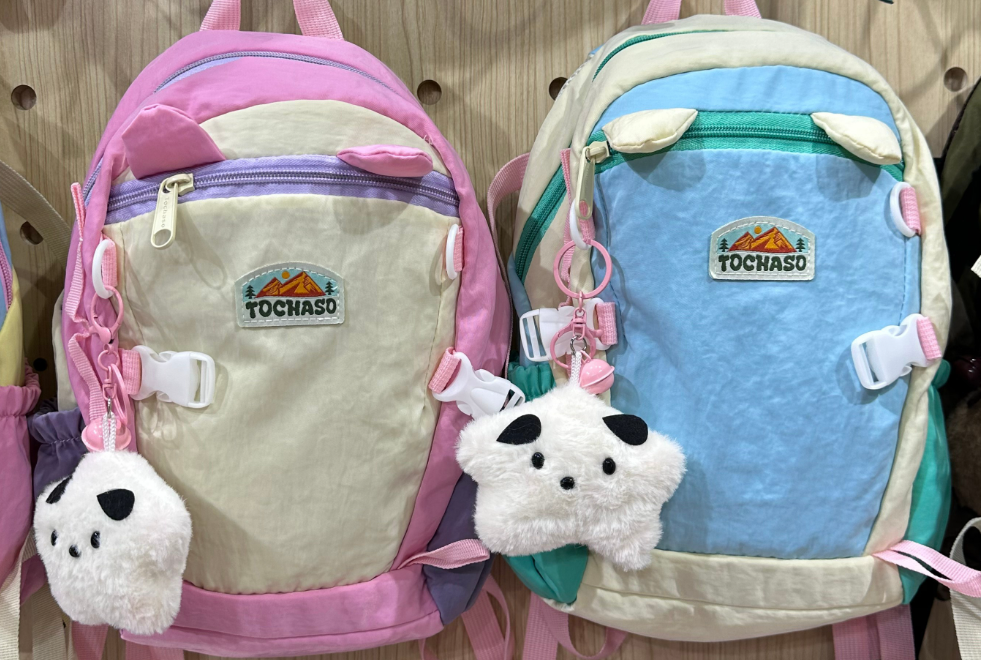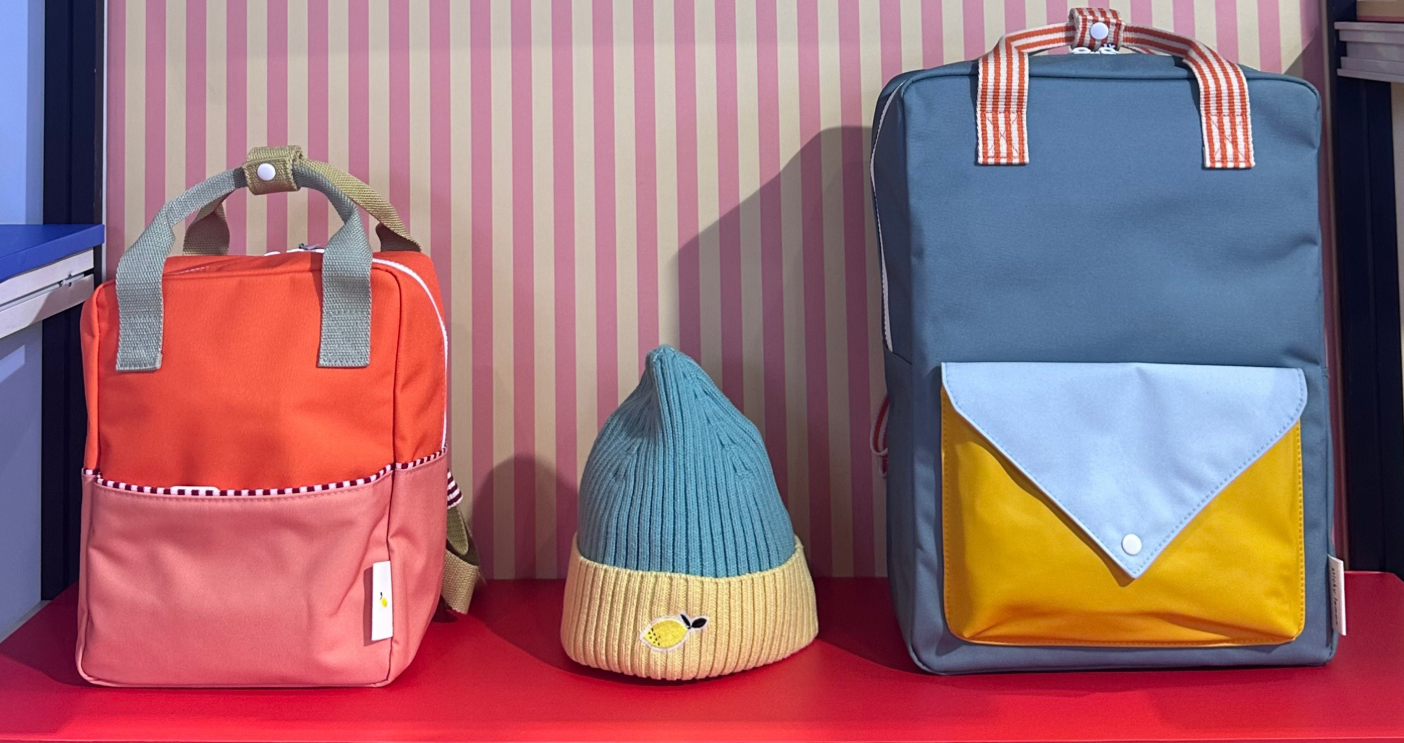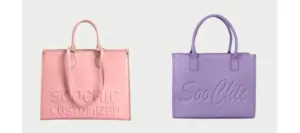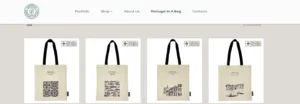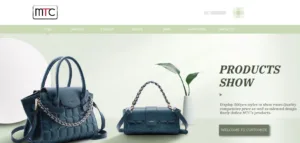Designing a backpack is much more than just choosing a shape or color — especially when it comes to kids’ backpacks. A well-designed backpack must balance durability, comfort, safety, and style to meet the unique needs of children while satisfying brand expectations. The right design can make a lasting impression, enhance user experience, and increase product competitiveness in a crowded market.
In this expert guide, we will explore the essential materials and key design elements that play a crucial role in creating durable and appealing kids’ backpacks. From selecting water-repellent fabrics to incorporating playful yet functional attachments, each detail matters. Whether you are a brand owner, product developer, or OEM partner, this article will provide you with professional insights and practical tips for elevating your backpack design process.
Contents
1. Key Material Focus — Design a Durable Custom Kid’s Backpack

Water-repellent fabrics play a critical role in designing kids’ backpacks, making them an indispensable element in product development. Children’s backpacks often face various outdoor conditions such as rainy school days, accidental splashes at playgrounds, or everyday spills. Using water-repellent materials not only effectively prevents moisture from penetrating the backpack’s interior but also significantly extends the product’s lifespan, enhancing overall durability and user satisfaction.
Currently, the most commonly used water-repellent materials in kids’ backpacks are PU-coated polyester fabrics and TPU membrane nylons. PU-coated polyester is based on traditional polyester fibers with an added polyurethane coating on the surface, which provides excellent water resistance. This material combines water repellency with abrasion resistance, making it ideal for backpacks subjected to frequent use. It helps the backpack withstand daily wear and tear, keeping the surface clean and colors vibrant.
On the other hand, ultralight nylon is an upgraded version of conventional nylon, known for its lightweight and thin properties that greatly reduce the overall weight of the backpack, improving carrying comfort. Its inherent fine wrinkle texture adds an outdoor aesthetic and stylish feel, making it especially suitable for kids’ backpack designs that focus on variety and rich colors. Thanks to its high-density weave, ultralight nylon also offers solid water-repellent and abrasion-resistant performance.
During the design process, brands and manufacturers should carefully select water-repellent materials based on the target consumer group and intended use scenarios. For urban commuter backpacks, PU-coated polyester—with its sleek finish and durability—is better suited to meet the dual demands of fashion and practicality. Meanwhile, for backpacks targeting outdoor or adventure markets, ultralight nylon is preferred for its lightweight nature and rugged outdoor appeal. Additionally, both materials excel in color fidelity and print vibrancy, providing designers with a broad creative canvas.
In summary, choosing the right water-repellent fabric not only enhances the quality and functionality of kids’ backpacks but also directly influences end-user experience. It is a key consideration that should never be overlooked in the design of durable and appealing children’s backpacks.
2. Key Craftsmanship — Applique Detailing

Applique detailing is a widely used craftsmanship technique in the design of custom kids’ backpacks, adding texture, depth, and playful visual appeal. This technique involves sewing or attaching fabric patches—often in fun shapes such as animals, letters, or logos—onto the backpack’s surface, creating a unique 3D effect that engages children’s senses beyond simple prints or embroidery.
Incorporating applique significantly enhances the visual layering and fun factor of a custom kid’s backpack, making it more attractive and interactive for young users. This tactile detail not only increases the backpack’s aesthetic appeal but also fosters a stronger emotional connection between the child and their backpack, encouraging regular use and brand loyalty.
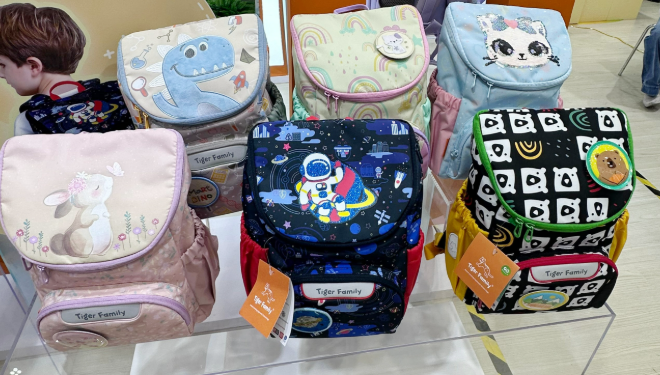
When selecting applique materials for custom kids’ backpacks, safety and durability are top priorities. Soft, non-toxic fabrics like felt, fleece, and cotton blends are commonly used, and they must comply with international safety standards such as CPSIA and EN71 to ensure the wellbeing of children. Trusted manufacturers specializing in custom kids’ backpack OEM and ODM services typically conduct rigorous quality checks on appliqué components to meet these safety requirements.
Moreover, applique detailing plays a crucial role in enhancing brand identity and customization potential for custom kids’ backpack suppliers. It enables brands to showcase unique logos, mascots, or personalized motifs, giving products a distinct edge in a competitive market. This flexibility makes applique an excellent option for bulk orders and wholesale clients seeking tailored designs with high visual impact.
In summary, applique detailing is a strategic craftsmanship element in custom kids’ backpack manufacturing that elevates both design quality and customer appeal. Brands aiming to stand out in the kids’ backpack segment should consider leveraging appliqué to enhance product differentiation and market relevance.
3. Key Design Element — Multi-form Bag Charms

Bag charms are more than just decorative accessories—they’re an essential design element that adds personality, interactivity, and emotional value to a custom kid’s backpack. Today’s designs go far beyond simple keychains. Multi-form charms can include plush toys, miniature functional pouches, glow-in-the-dark figures, cartoon characters, or silicone badges, all of which provide dynamic and playful touches that appeal strongly to young users.
These elements help elevate the backpack from a simple utility product to a lifestyle item. For example, detachable charms allow children to express their individuality or match their favorite themes, increasing their emotional attachment to the product. From a branding perspective, custom charms also offer opportunities for storytelling, seasonal updates, or co-branded collaborations—making them highly versatile for custom children’s backpack suppliers looking to enhance product value and appeal.
In the B2B landscape, custom kid’s backpack OEMs and suppliers often offer a wide range of bag charm options, allowing brands to customize not just the backpack itself, but its accessories as well. These multi-form attachments can be used strategically to appeal to niche markets, such as themed school collections, festival editions, or character-licensed lines. Adding a unique charm can also be a low-cost way to refresh a product line without changing the core structure of the bag—ideal for high-volume bulk backpack orders.
Safety and durability remain essential in the development of kid-focused bag charms. Reputable custom kids’ backpack factories ensure that all hanging elements are securely fastened, made from child-safe materials, and pass international toy and textile standards. Some manufacturers also provide modular charm systems, allowing children to swap and personalize charms on their own—adding even more fun and interaction to the product experience.
In conclusion, integrating creative, safe, and customizable bag charms is a simple yet effective way to differentiate products in the kids’ backpack customization market. It not only enhances visual impact but also deepens brand connection with both children and their parents.
4. Key Functional Detail — Webbing Design

Webbing is one of the most functional and visible components in a custom-made kid’s backpack, playing a dual role in structure and aesthetics. Traditionally used for shoulder straps and handles, modern webbing now extends into decorative and modular features—offering both technical support and branding potential. For children’s backpacks in particular, webbing enhances durability while allowing creative flexibility in design.
From a structural standpoint, high-quality webbing provides strength and support in stress-bearing areas, ensuring the backpack can handle everyday use and heavier school loads without tearing. Adjustable and padded webbing improves comfort and fit, which is especially important for growing children. For brands working with a custom kid’s backpack manufacturer, the choice of webbing material—whether nylon, polyester, or eco-friendly options—can directly impact the bag’s performance and safety.
Aesthetically, webbing is increasingly being used as a design highlight. Colored straps, reflective strips, jacquard logos, or printed slogans can add a dynamic and sporty look to the bag. Custom children’s backpack suppliers often offer branded webbing options that help reinforce brand identity across product lines. This is particularly useful in B2B scenarios where differentiation is critical—such as retail chain collections or school-specific lines.
In the context of OEM kids’ backpack production, webbing also supports added features such as chest straps, safety buckles, or attachment points for charms and water bottles. Modular webbing loops (like MOLLE-style or daisy chains) add versatility for bags aimed at active or outdoor themes. These utility-focused details increase the perceived value of the backpack—an advantage for clients placing bulk kids’ backpack orders looking for both style and function.
Finally, working with an experienced custom backpack factory ensures that webbing design complies with international standards for tensile strength, colorfastness, and chemical safety—critical for school-age users. Whether used for ergonomic performance or aesthetic enhancement, webbing is an essential design element that blends practicality with creative branding.
5. Key Trend Element — New-Generation Ita Bag Concepts

The rise of New-Generation Ita Bags has introduced a fresh wave of interactivity, expression, and fan culture into the kids’ backpack segment. Originally inspired by Japanese subculture, Ita bags—characterized by their transparent compartments and customizable display areas—are now being reimagined for younger demographics in fun, age-appropriate formats. In the context of custom kids’ backpack design, this trend offers a new layer of personalization that resonates with the post-Z generation and their parents.
Modern Ita bag concepts applied to children’s backpacks often include front-facing clear PVC windows, magnetic patches, Velcro panels, or zipped compartments where kids can insert drawings, badges, stickers, or collectible items. This transforms the backpack into a rotating gallery of self-expression. For brands working with a custom kid’s backpack OEM factory, offering this modular customization opens doors to limited-edition themes, character licensing, and event-driven drops—boosting both appeal and flexibility in product planning.
From a supply chain perspective, custom kid’s backpack wholesalers are increasingly looking for differentiation beyond traditional prints. Incorporating Ita bag elements gives manufacturers and designers the opportunity to stand out by offering interactive, trend-driven features that encourage repeat engagement. It also enables retailers to upsell accessories like charms, patch sets, or themed inserts as part of a broader product ecosystem.
For safety and functionality, children’s backpack ODM suppliers must ensure that transparent materials (like TPU or soft PVC) are non-toxic, scratch-resistant, and durable enough to withstand regular use. The interactive nature of Ita bags means that closure mechanisms—zippers, snaps, Velcro—also need to be child-safe and tested under usage standards like EN71 or CPSIA.
In short, the customizable display pocket trend isn’t just about aesthetics—it’s a strategic product feature that taps into emotional connection, creativity, and personalization. By adopting the new-gen Ita bag design language, custom backpack manufacturers can offer next-level engagement that appeals to today’s visually driven and expressive young consumers.
Conclusion
Designing a successful custom kids’ backpack requires more than just aesthetic appeal—it demands thoughtful selection of materials, craftsmanship, and interactive elements that together create a product that is functional, durable, and exciting for children to use. From water-repellent fabrics to playful bag charms, from secure webbing to next-gen Ita bag concepts, every design choice contributes to both the user experience and brand value.
For brands, suppliers, and retailers looking to stand out in the competitive children’s backpack market, integrating these elements is no longer optional—it’s essential. By aligning with trusted custom kids’ backpack OEM/ODM manufacturers, you can transform creative ideas into high-quality, market-ready products that capture both hearts and attention on the shelf.
? Ready to bring your next custom kid’s backpack design to life?
Our team specializes in end-to-end OEM/ODM solutions—from concept development to production.
? Contact us today for a free consultation or sample request, and let’s build something fun, functional, and uniquely yours.

